Cold start
The GPS receiver doesn't know where it is, nor where the satellites are. So it tries to lock on and decode the satellites that should be in view (based on the last known location which in this case is far off), but at the bitrate you mentioned it's a long process, 30 seconds if the receiver is currently decoding a satellite that's in view. The more parallel channels your receiver has and the more accurate you can provide an estimate of your current position (through Wifi/celltower triangulation), the quicker it will get a fix.
- For example, a 6-channel GPS-only receiver could take 1-2min with a poor view of the 24 satellites constellation.
- Instead of getting the almanac (i.e. satellites positions, basically) from the satellites themselves, your receiver may fetch them from internet which is much faster. That's why smartphones tend to have a faster cold start than more traditional GNSS/GPS standalone units.

Hot start
Some of the satellites which were previously tracked in the N channels of your receiver are still in view, or the time and location drift from the last shutdown were sufficiently small to use the last updated almanach (from internet or the satellites) to extrapolate which satellites are in sight now.
Position fix mechanism
As nanofarad's said, the position is then calculated solely using the clock signals coming from the satellites - loosely said, they are corrected for Doppler shift and clock drifts, and the pulses are compared to triangulate the position of the receiver. See also this very informative link, of which these images are extracted.

(Note: In complement to nanofarad's answer)

